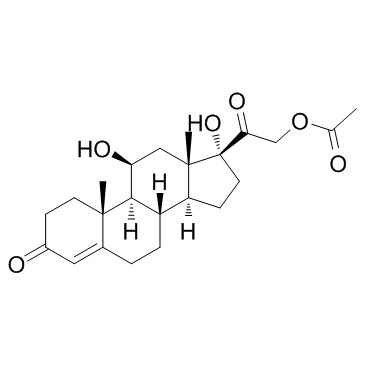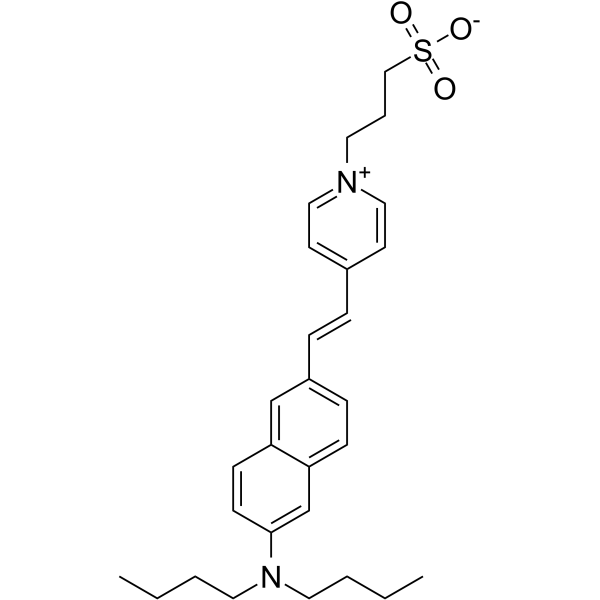| 结构式 | 名称/CAS号 | 全部文献 |
|---|---|---|
 |
醋酸氢化可的松
CAS:50-03-3 |
|
 |
氢氧化4-(2-(6-(二丁基氨基)-2-萘基)乙烯基)-1-(3-磺丙基)吡啶鎓 内盐
CAS:90134-00-2 |